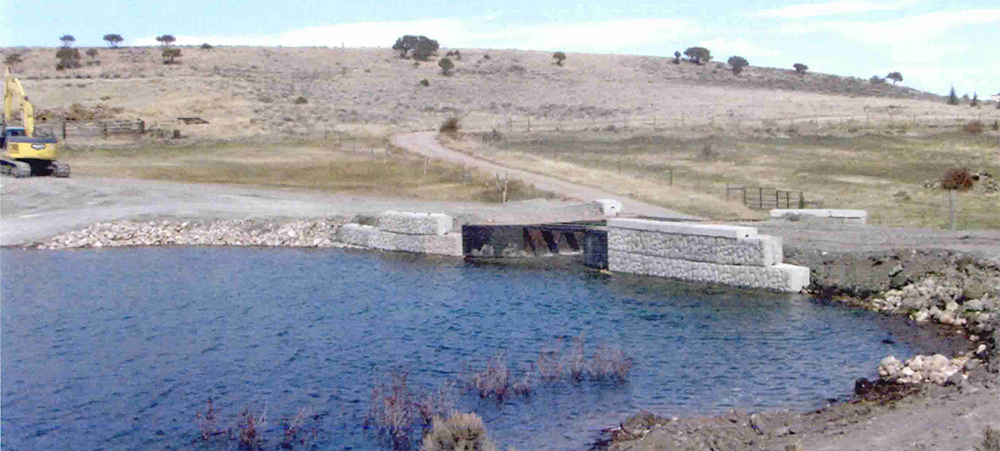The EPA operates under very strict guidelines regarding its decisions related to rules and regulations. The guidelines were in play when the EPA released a rule to cut methane emissions in May 2016. These guidelines also worked to save the rule when Pruitt’s EPA moved to arbitrarily halt its enforcement. In a 2-1 decision in […]
Tag: EPA

Yesterday, the House passed the Honest and Open New EPA Science, or HONEST, Act. Tortured use of acronym aside, this Act is anything but honest. The GOP claims the act is to force the EPA to provide the raw data behind all of its decisions. However, the primary reason for the Act is to inhibit […]

Previous coverage here and here. Andy Johnson created a “stockpond” by building a dam on a creek that is covered under the Clean Water Act. The EPA issued a violation to him for not getting a permit for unauthorized dumping in said creek. The solution outlined in the violation was to work with the agency to […]
update: 11/30/15 The EPA has responded to the lawsuit, asking the judge to refer the case for Alternative Dispute Resolution, rather than an extensive and costly litigation. As they note in the request: Johnson did dam the creek without permit There is no doubt this is in violation of CWA The reason for the permit […]
I wrote a more recent story on this particular battle, after Johnson filed a lawsuit against the EPA via, who else? Pacific Legal Foundation. update March 22 A story in a local news station provides both video and photos of the “little pond”. That’s no pond, it’s a bloody lake. It has a dock. A […]
